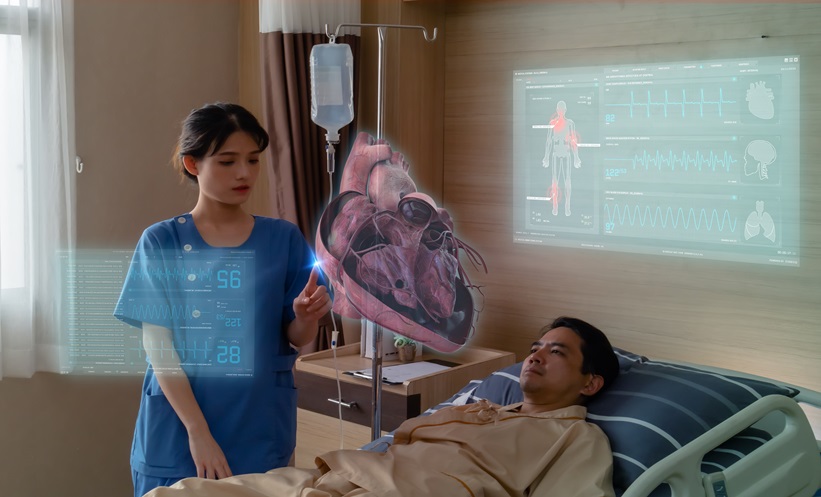RESEARCH involving 34,070 heart failure (HF) patients, has shown that deep learning machine learning models can accurately extract New York Heart Association (NYHA) classifications and heart failure symptoms during activity or rest from unstructured clinical notes.
Leveraging electronic health records from three Connecticut-based healthcare networks, models were trained and validated using 3,000 expert-annotated notes. The model for detecting NYHA class achieved an area under the receiver operating characteristic (AUROC) curve of 0.99 at the Yale New Haven Hospital (YNHH) site, where it was developed, and AUROCs of 0.98 at two validation sites. For identifying activity- or rest-related symptoms, the model achieved AUROCs of 0.94 to 0.95 across sites, underscoring its robustness.
The models were deployed on 182,308 outpatient notes, identifying explicit NYHA mentions in 13.1% of cases and inferring NYHA categories based on symptom descriptions in an additional 10.8% of encounters. This increased the proportion of notes categorised by NYHA to 23.9%, representing an 83% improvement over explicit mentions alone. The findings demonstrate the model’s ability to handle unstructured data and provide consistent functional classification, even in contexts lacking explicit documentation, a critical need in HF management.
Clinically, this machine learning-based approach supports better tracking of functional status in HF, aiding healthcare providers in delivering guideline-directed medical therapy and potentially identifying patients for clinical trials. Future research might further validate this approach in diverse healthcare settings and investigate real-time model deployment to enhance the timely monitoring of HF progression.
Reference
Adejumo P et al. Natural language processing of clinical documentation to assess functional status in patients with heart failure. JAMA Netw Open. 2024;7(11):e2443925.







